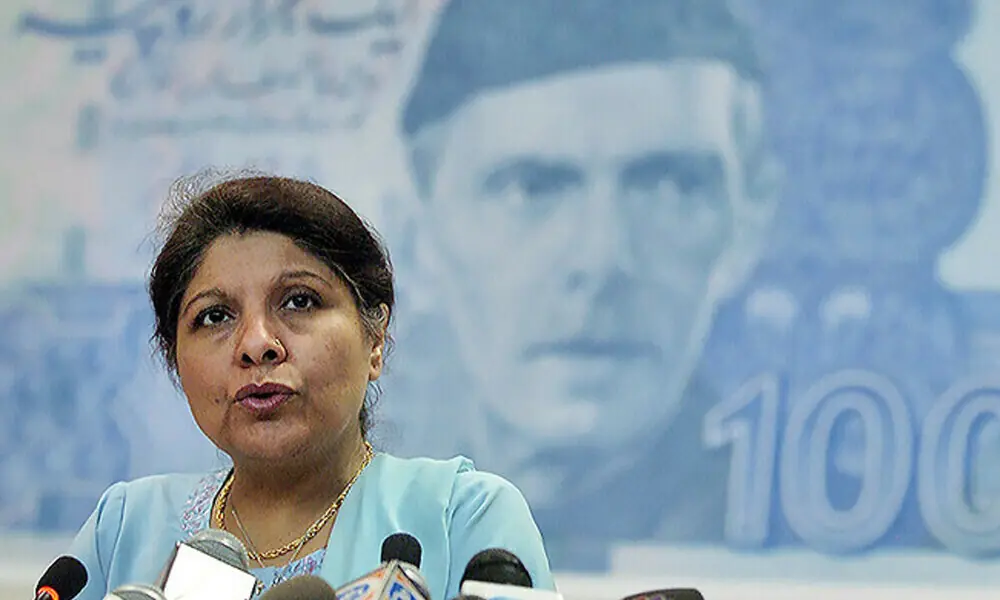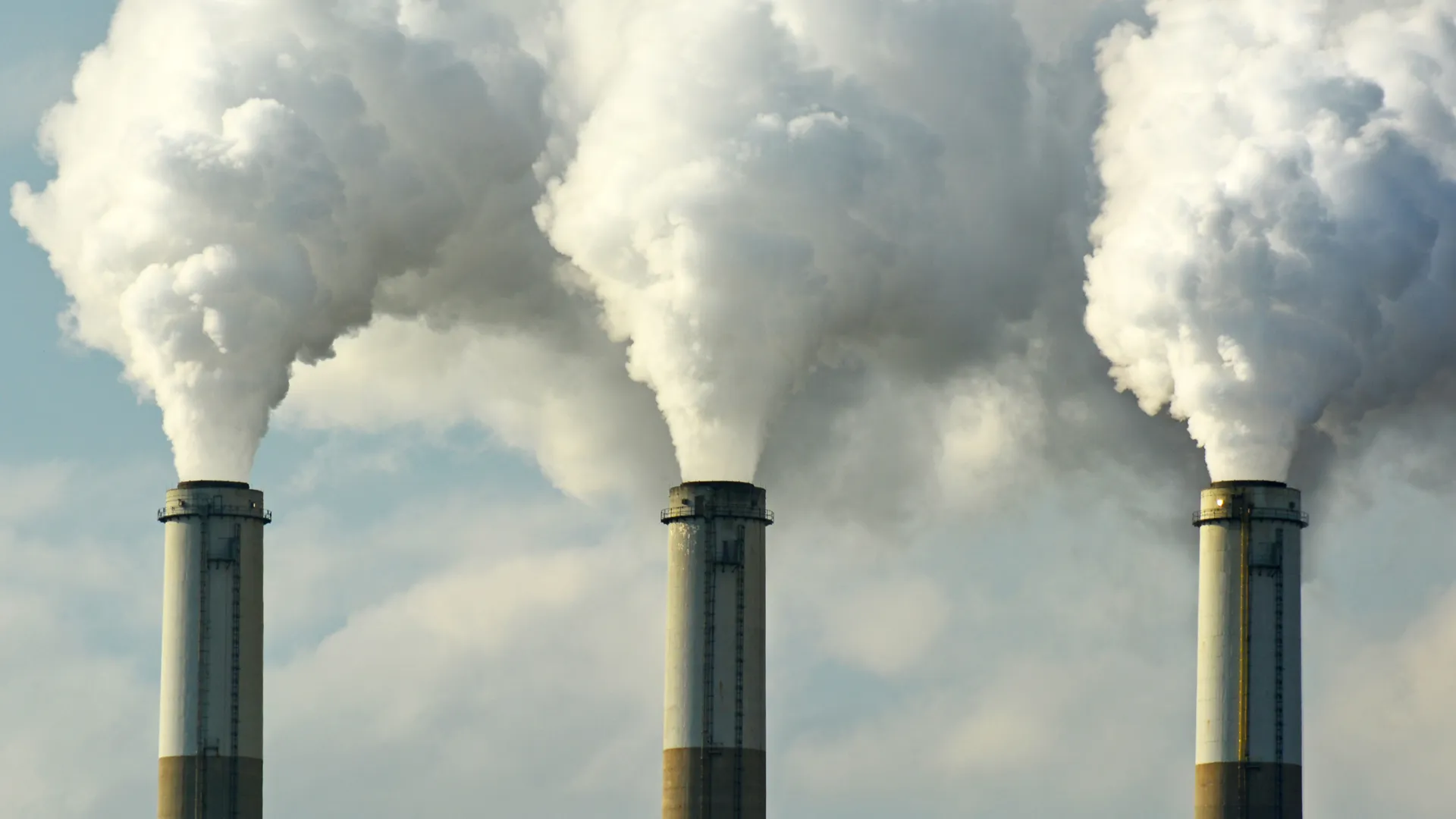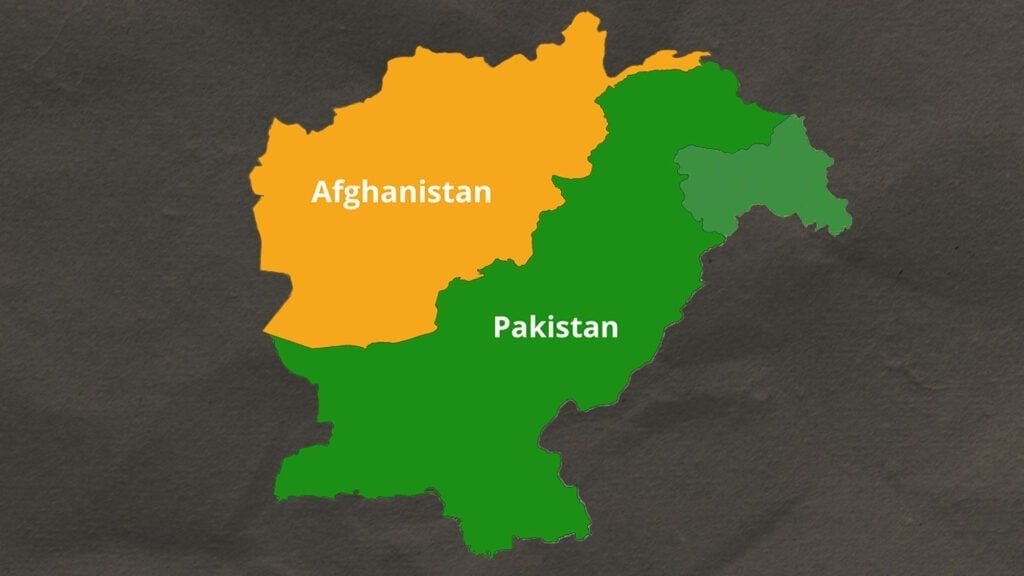Bilal Naveed
Pakistan’s economic outlook for the current fiscal year paints a bleak picture. According to economists, the growth rate is expected to plunge to between zero and one percent, far below the budgeted target of 4.2 percent and the International Monetary Fund’s (IMF) projected 3.5 percent. Experts have highlighted the dual challenge of continued natural disasters and contractionary economic policies that are pushing Pakistan into a cycle of stagnation.
Pakistan’s vulnerability to natural disasters has once again undermined its fragile growth trajectory. The 2022 floods caused devastation estimated at USD 40 billion, forcing the government of Prime Minister Shehbaz Sharif to seek international pledges worth USD 10 billion. Yet, by 2024, only USD 2.8 billion had materialised, with little transparency over how much of that was in loans or grants.
The 2025 floods appear no less damaging. Before Indian floodwaters entered Punjab and moved downstream toward Sindh, Khyber Pakhtunkhwa estimated its losses at Rs. 35 billion, while Karachi reported Rs. 15 billion in damage. These figures, even at a preliminary stage, indicate that this year’s losses will rival or exceed those of 2022.
The floods of 2022 coincided with Pakistan’s stalled IMF programme. Then-Finance Minister Ishaq Dar refused to implement a market-based exchange rate and extended Rs. 100 billion in subsidies, triggering the suspension of the facility. It was only after the Prime Minister personally assured the IMF’s leadership that Pakistan complied with its conditions, leading to a nine-month Stand-By Arrangement in 2023 and a subsequent three-year Extended Fund Facility (EFF).
The current government has continued the same pattern: accepting IMF’s demands without devising alternative domestic solutions. Loan approval documents in 2024 and the May 2025 review reveal reliance on contractionary fiscal and monetary policies that cripple large-scale manufacturing, curb growth, and worsen unemployment.
Contractionary policies, though intended to stabilise, have devastating social consequences. Pakistan has faced IMF-supported austerity since 2019 (with Covid years excluded), leading to unemployment of 22 percent and poverty levels reaching 44.7 percent. Such figures reveal an unsustainable burden on the working class and poor, with little hope for relief if policy direction remains unchanged.
Empirical research confirms that natural disasters disproportionately impact the poor. A 2023 UN-Habitat report linked Pakistan’s vulnerabilities to rapid, unplanned urbanisation, rural-to-urban migration, and sprawling slums. These governance failures, combined with fiscal mismanagement, mean the poorest segments bear the heaviest costs, both from floods and austerity measures.
Pakistan’s political leadership has often chosen international lobbying over genuine structural reform. After disasters, ministers rush to foreign capitals seeking pledges, but such efforts rarely translate into timely or sufficient support. Instead, what is required is a bold set of domestic measures that reduce dependency and spread the burden equitably.
First, voluntary sacrifice from elite sectors—who remain the largest beneficiaries of state spending—must be prioritised. Second, public sector pension reforms must be introduced to ensure employee contributions and reduce unsustainable state liabilities. Third, reliance on domestic and foreign borrowing for non-productive expenditures must be curbed. By reducing borrowing needs, the government can ease pressure on raising indirect taxes, which disproportionately hurt the poor, and instead focus on policies that stimulate domestic production.
Pakistan’s current path—staying locked into IMF-driven austerity while relying on external pledges after disasters—has proven unsustainable. The human and economic costs are spiralling. Without a policy pivot that combines disaster resilience, governance reform, and equitable distribution of fiscal responsibility, Pakistan risks not just stagnant growth but long-term decline.
The government must acknowledge that the status quo benefits a small elite while the majority faces deepening poverty and unemployment. Structural reforms and shared sacrifice are unavoidable if Pakistan is to escape the cycle of debt, disaster, and dependency.
Experts’s warning of near-zero growth is not merely a statistic—it is a reflection of deeper systemic failures. Natural disasters will continue to challenge Pakistan, but it is policy paralysis and elite capture of resources that magnify their impact. The IMF’s upcoming review offers an opportunity: Pakistan can either continue down the path of externally dictated austerity or craft a more balanced, homegrown approach that prioritises its people.
The choice is stark. Without meaningful reforms, Pakistan’s economic sovereignty and social stability will remain at risk. With reforms, however, the country can begin to shift from survival to sustainable growth. The coming months will test whether the leadership has the vision and courage to make that pivot.















